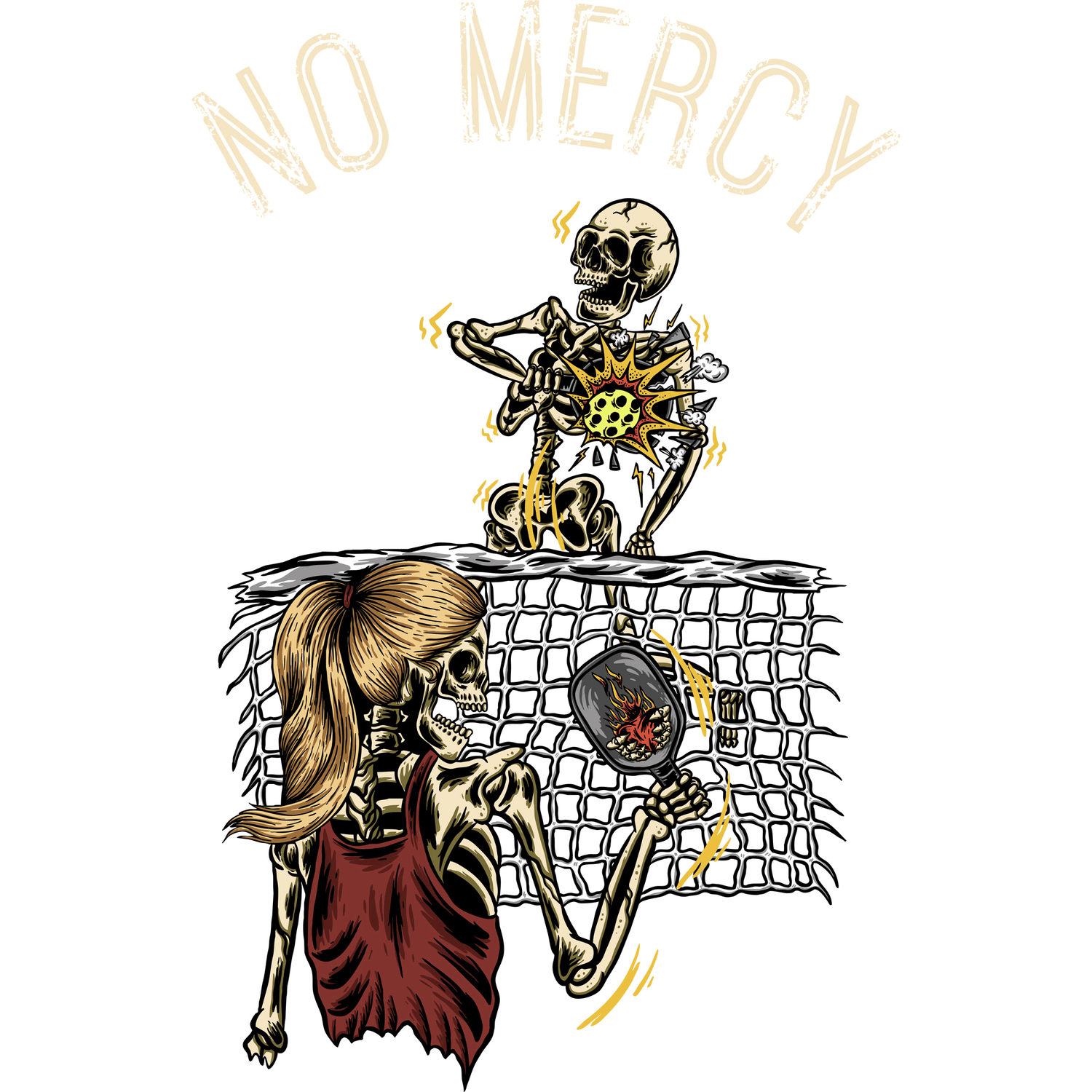Living in a windy area can feel like a constant battle for gardeners. You plant a beautiful, delicate tree, and the next big gust leaves it looking sad, tattered, and leaning like it’s had a rough night out. Finding plants that can stand up to the wind without breaking a sweat (or a branch) is the key to a successful landscape. If this struggle sounds familiar, allow us to introduce you to your new best friend: the Podocarpus.
Often called the Fern Pine or Yew Pine, Podocarpus is a tough, handsome evergreen that laughs in the face of strong winds. Its flexible branches and dense, feathery foliage make it a champion for creating windbreaks and resilient garden designs. While you can buy these trees at a nursery, there's a more rewarding, cost-effective, and ultimately better way to cultivate them: starting from seed.
This guide will explore why planting Podocarpus seeds is a brilliant strategy for creating a wind-tolerant landscape. We'll cover the benefits of this amazing plant and walk you through why starting from scratch is a power move for any savvy gardener.
What Makes Podocarpus a Wind-Fighting Superhero?
Before we get into the "why" of starting from seed, let's talk about what makes Podocarpus so special, particularly in blustery conditions. Not all trees are created equal when the wind howls. Some have rigid, brittle branches that snap under pressure, while others have shallow root systems that offer little stability. Podocarpus is different.
Built-in Flexibility
The branches of a Podocarpus tree are incredibly pliable. Instead of resisting the wind, they bend and sway with it. This flexibility allows the tree to dissipate the wind's energy rather than fighting against it, which dramatically reduces the risk of branches snapping or the entire tree being uprooted. It’s the botanical equivalent of going with the flow.
Dense, Filtering Foliage
Podocarpus boasts dense, dark green, needle-like leaves that form a thick canopy. This structure acts as a natural filter, slowing down the wind as it passes through the tree rather than presenting a solid wall for the wind to slam against. This is crucial for creating effective windbreaks that protect more delicate plants in your garden.
A Strong and Deep Root System
When grown properly, especially from seed, Podocarpus develops a deep and robust root system that anchors it firmly in the ground. This strong foundation gives it the stability it needs to withstand sustained winds and powerful gusts, making it a reliable fixture in your landscape for years to come.
The Advantages of Starting Podocarpus from Seed
Now that you know why Podocarpus is a top contender for a wind-proof garden, let's talk about why starting with a packet of seeds is the ultimate pro-gardener move.
1. Superior Root Development for Maximum Stability
This is perhaps the most important benefit for creating a wind-tolerant landscape. When you grow a Podocarpus from seed directly in the ground or in a deep pot, it develops a strong, straight central taproot that grows deep into the soil. This taproot acts as a primary anchor, providing incredible stability.
Nursery-grown plants, on the other hand, are often kept in shallow pots for too long. This can cause the taproot to become "J-hooked," circling at the bottom of the pot. A plant with a compromised root system will never be as stable or resilient as one grown from seed with its root structure intact. By starting from seed, you are setting your tree up for a lifetime of unwavering stability.
2. Unbeatable Cost-Effectiveness
Let’s be practical. Creating a windbreak or a privacy hedge requires a lot of plants. Buying dozens of mature Podocarpus trees from a nursery can be an expensive undertaking.
Starting from seed is a massive money-saver. For the price of just one or two nursery plants, you can get a packet of high-quality Podocarpus seeds that can yield dozens of healthy seedlings. This makes large-scale planting projects accessible and affordable. You can create that lush, wind-blocking hedge you’ve been dreaming of without breaking the bank.
3. Acclimatization from Day One
A plant that has spent its entire life in your local environment is better prepared to handle its specific challenges. Seeds that germinate and grow in your garden are naturally acclimatized to your soil type, your rainfall patterns, and yes, your wind conditions.
Nursery plants are often raised in protected, climate-controlled environments. The sudden shock of being planted in a windy, exposed location can stress the plant, stunting its growth. A seed-grown Podocarpus is tough from the start, having adapted to your garden's unique microclimate since it was a tiny sprout.
4. Selecting the Toughest Survivors
When you grow a batch of plants from seed, you get to play the role of Mother Nature. You’ll notice that some seedlings grow faster, look greener, and appear more vigorous than others. This natural variation allows you to select the "best of the best" for your landscape.
By choosing only the strongest seedlings to plant out, you are ensuring your windbreak is composed of the most genetically robust individuals. These are the plants most likely to thrive and provide the long-term resilience you need.
5. The Satisfaction of DIY Landscaping
There is a deep, primal satisfaction in looking at a beautiful, thriving hedge and knowing you grew it all from a handful of tiny seeds. It’s a rewarding process that connects you to your garden on a much deeper level.
This process is also a fantastic educational opportunity for family members, especially kids. It teaches patience and the magic of the plant life cycle. And when you’re done, you have a living, breathing testament to your skill and dedication as a gardener. Surplus seedlings also make wonderful and personal gardening gift ideas for friends and neighbors!
Tips for Getting Started with Podocarpus Seeds
Starting Podocarpus from seed is relatively straightforward, but a few tips will help ensure your success.
- Patience is a Virtue: Podocarpus seeds can be slow to germinate, sometimes taking a few months. Don't give up on them! Keep the soil consistently moist but not waterlogged.
- Warmth Helps: Providing gentle bottom heat from a seedling heat mat can speed up the germination process significantly.
- Use a Deep Pot: To encourage that all-important taproot, start your seeds in deep pots or containers. This gives the root plenty of room to grow straight down.
- Stratification Can Be Beneficial: Some gardeners find that a period of cold stratification (storing the seeds in a moist medium in the refrigerator for a few weeks) can improve germination rates, as it mimics natural winter conditions.
Build a Resilient Garden with RND Seeds
Creating a landscape that can stand up to the elements is a smart investment in your home and your peace of mind. The Podocarpus tree is a beautiful, low-maintenance, and incredibly effective choice for a wind-tolerant garden, and growing it from seed is the best way to ensure a strong and stable foundation.
To begin this rewarding journey, you need fresh, high-quality seeds with a high germination rate. RND offers premium Podocarpus Gracilior Seeds, carefully selected to help you grow your own exotic Fern Pine trees. Whether you need a small pack of 25 seeds to start a few specimen trees or a larger pack of 100 to create a dense, protective hedge, they have you covered.
Starting from seed gives you the power to create a stronger, healthier, and more cost-effective landscape. Take on the satisfying challenge and watch your garden transform into a resilient, evergreen oasis.
Explore the RND Seed Collection Now






